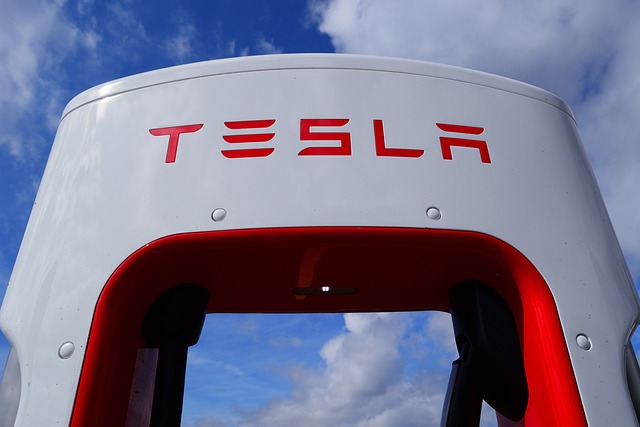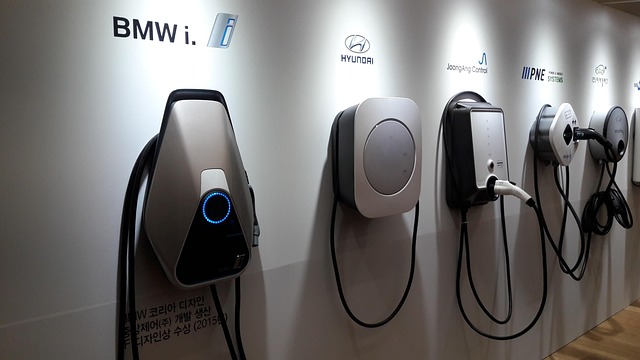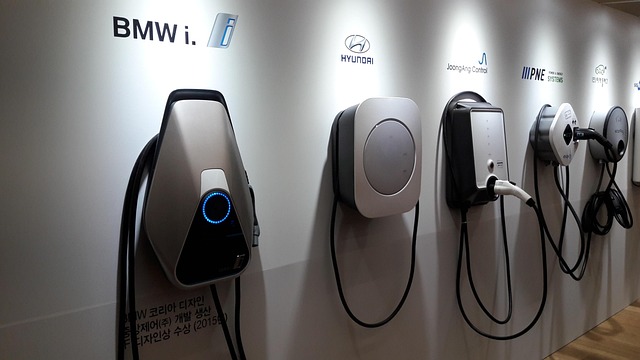As electric vehicles (EVs) become an increasingly popular choice for environmentally-conscious consumers, the conversation often centers around the initial buying cost and the savings associated with fuel. However, a crucial element often overlooked is the EV charging cost. Understanding the nuances of charging your EV can unveil some hidden costs that many potential buyers may not consider.
When transitioning to an electric car, one of the first questions prospective owners ask is, “How much does it cost to charge an electric vehicle?” The answer is more complex than you might think. The cost of electricity varies widely depending on factors such as location, time of day, and even the type of charging station used. Level 1 chargers, typically found in homes, use standard household outlets and are the most cost-effective but may take much longer to fully charge the car. On the other hand, Level 2 chargers can charge an EV significantly faster in exchange for higher electricity costs. This disparity can lead to unexpected costs on your power bill, especially if you’re relying heavily on public charging stations.
Another hidden expense to consider is the wear and tear associated with regularly using public charging stations. Frequent use of DC fast chargers, while convenient for long trips, can lead to faster deterioration of your car’s battery, and ultimately, reduce its lifespan. Over time, this could necessitate replacement car parts that could have been avoided with more moderate charging habits. Understanding the delicate balance between quick charging and battery longevity is key to keeping overall costs down.
Furthermore, as electric car technology evolves, keeping up with car service recommendations is vital. Regular maintenance can help mitigate surprise EV charging costs down the line. For example, checking on the health of your car’s battery should be part of your service routine. A battery that isn’t functioning optimally could lead to inefficient charging, resulting in higher electricity bills due to longer charging times or increased energy consumption.
Staying informed about car news related to EVs can also help you navigate charging costs more effectively. Policies regarding electricity rates for EV users are changing rapidly, with certain areas offering incentives for off-peak charging. Being aware of these trends can allow you to take advantage of lower rates, making your EV not only a worthy investment in sustainability but also in savings.
In summary, while the allure of owning an electric vehicle is strong, particularly for those seeking to minimize their carbon footprint, it’s essential to look beyond the initial purchase price. By understanding the EV charging cost implications, along with associated car service routines and potential wear on car parts, you can ensure a more stable financial experience as you embrace the electric future.



